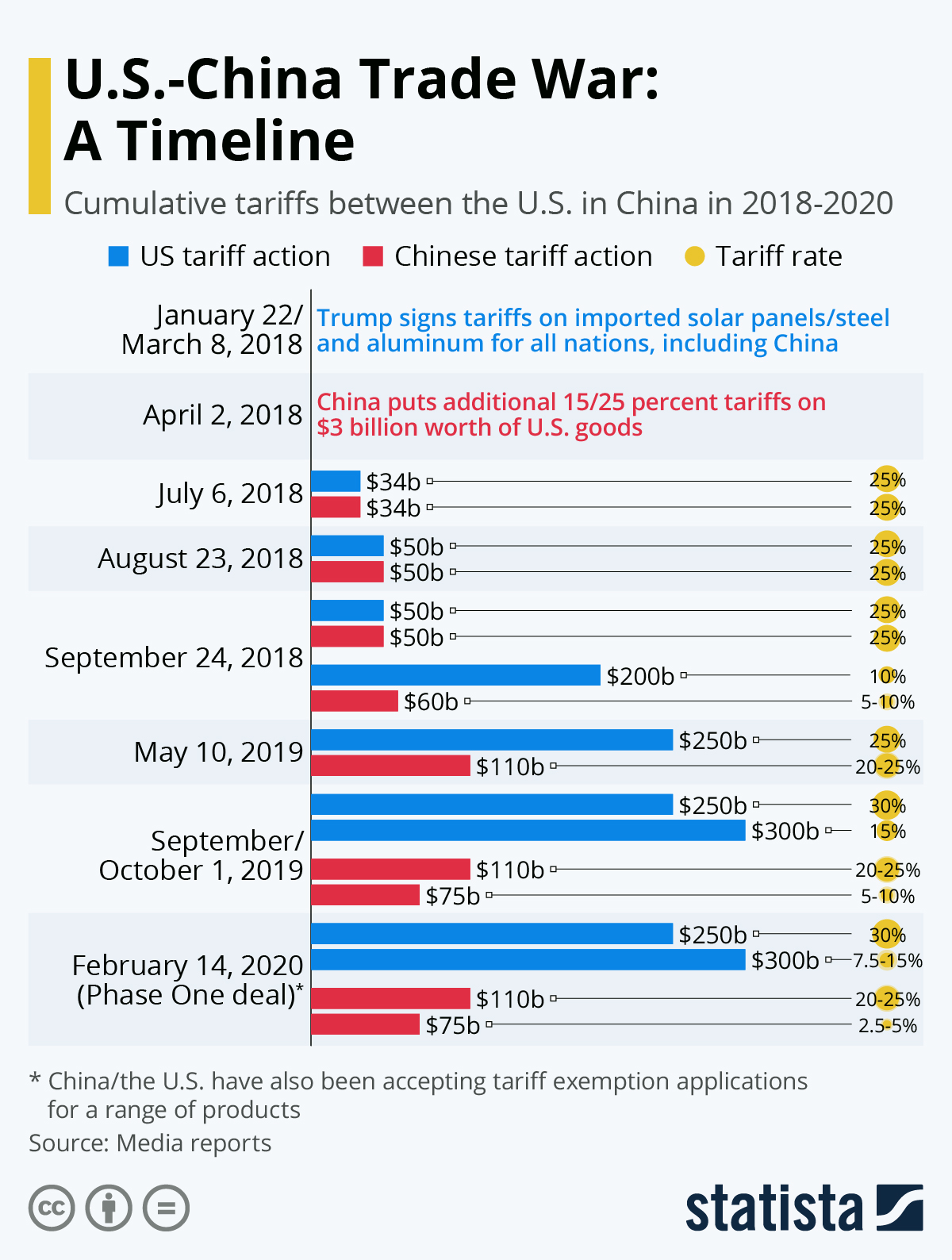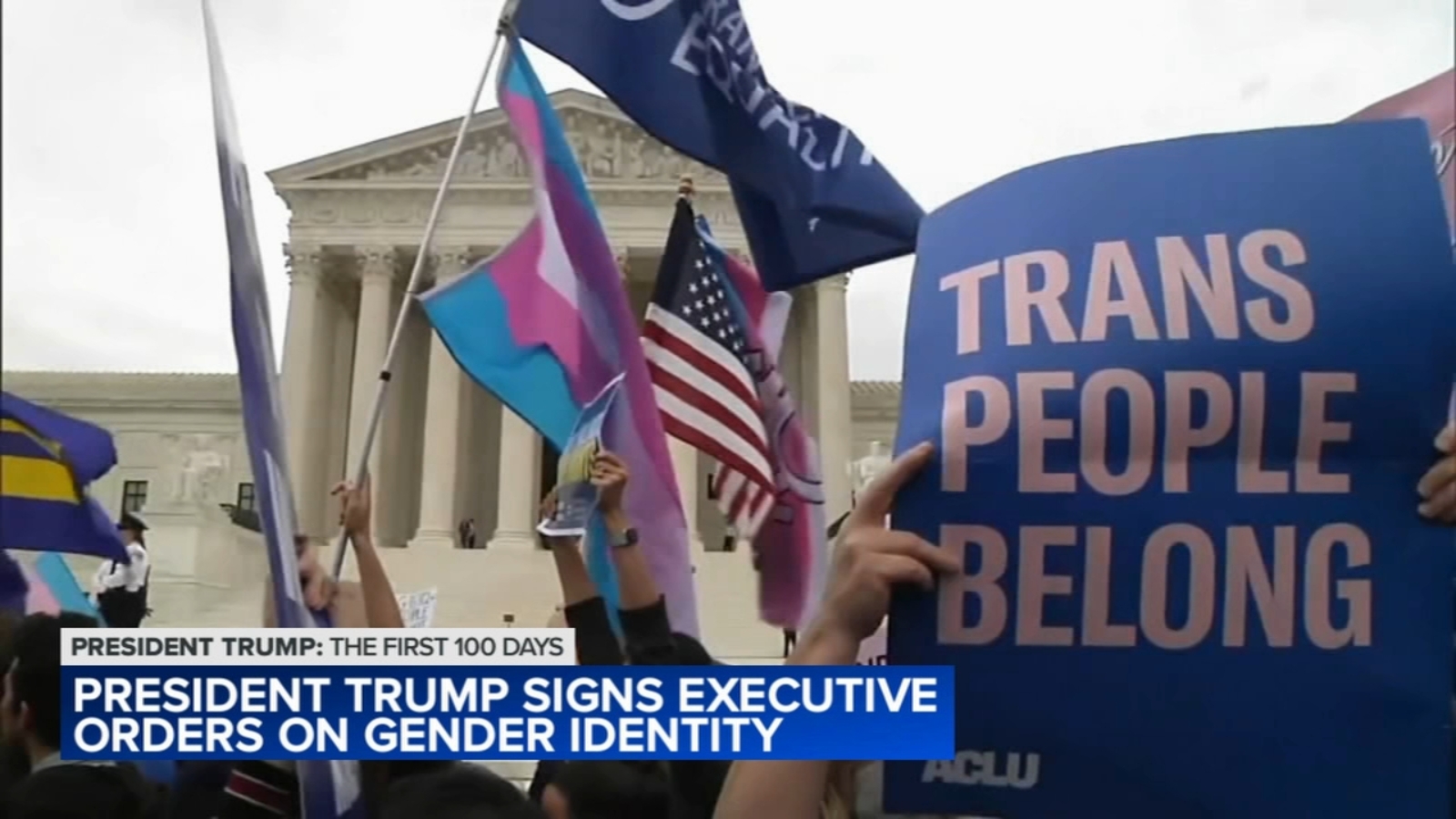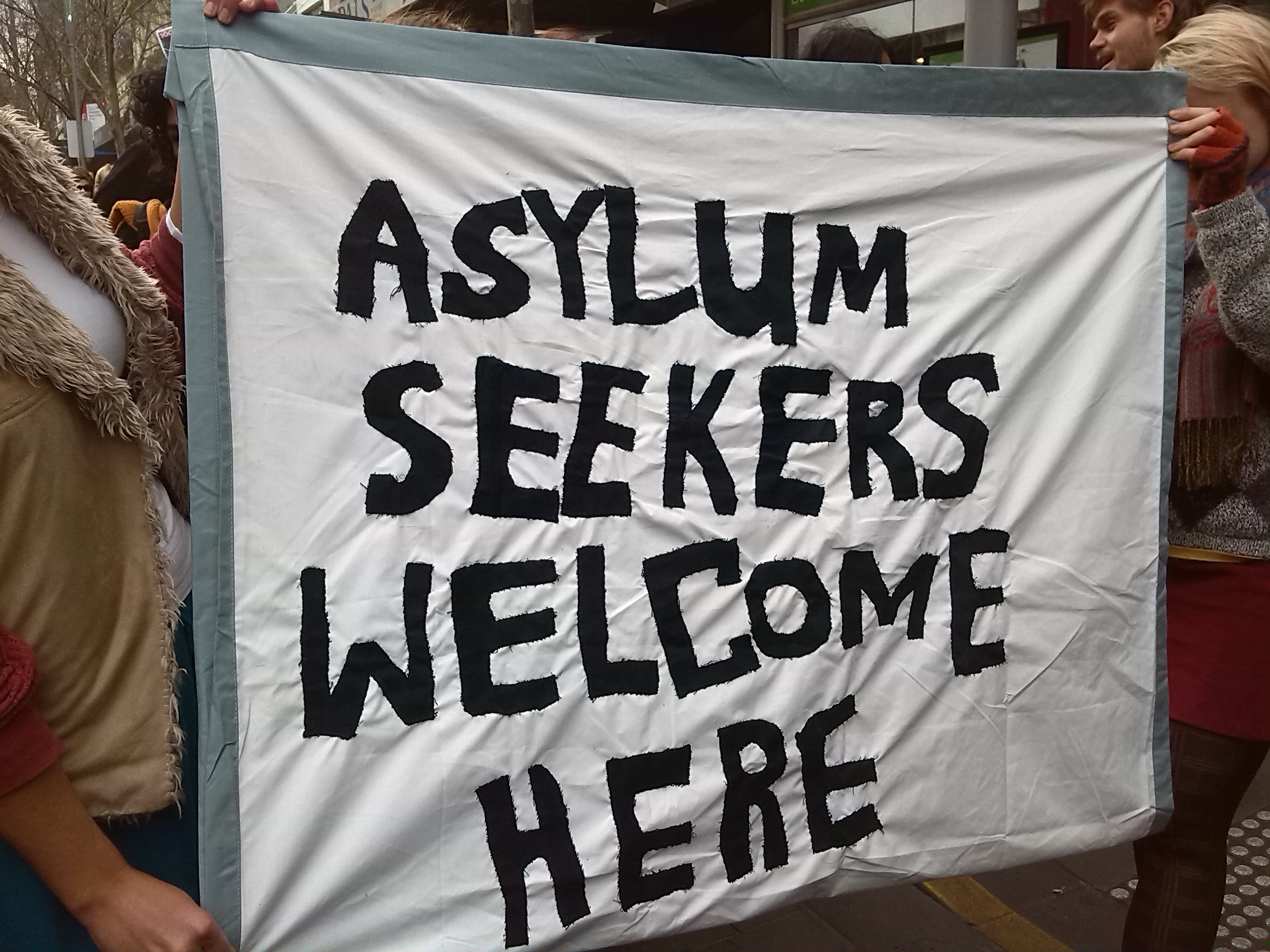Trump's Trade Threat: Tariffs On Commercial Aircraft And Engines

Table of Contents
The Rationale Behind the Tariffs
The Trump administration justified the tariffs on commercial aircraft and engines, primarily targeting Airbus, by citing unfair subsidies provided by European governments. These subsidies, according to the US, created an uneven playing field, giving Airbus an unfair competitive advantage over Boeing. This trade dispute, simmering for years, escalated into a full-blown trade war following several World Trade Organization (WTO) rulings. The WTO, in various decisions, found that both the US and the EU had provided prohibited subsidies to their respective aircraft manufacturers. However, the US utilized these rulings to justify retaliatory tariffs against Airbus and its European partners.
- WTO Findings: The WTO found that both the US and EU had engaged in prohibited subsidies, but the US argued that the EU's subsidies were more extensive and damaging.
- Tariff Amounts: The specific tariff amounts varied depending on the aircraft and engine components, but they represented a substantial financial burden for Airbus and its supply chain.
- Counterarguments: Airbus and the EU strongly contested the US claims, arguing that the subsidies were lawful and that the US methodology for calculating damages was flawed. They further threatened retaliatory tariffs against US goods.
Impact on the Aviation Industry
The tariffs imposed on commercial aircraft and engines had a profound and multifaceted impact on the aviation industry. Both Boeing and Airbus faced significant challenges, including increased production costs and disruptions to their carefully orchestrated global supply chains. The ripple effects extended to airlines, which saw increased aircraft prices and subsequent pressure on profitability.
- Boeing's Impact: While Boeing benefited from the initial protectionism, the retaliatory tariffs from the EU negatively impacted its sales in Europe and increased the complexity of its international business operations.
- Airbus's Consequences: Airbus faced direct financial penalties from the tariffs, forcing it to adjust its pricing strategies and potentially slowing production. Supply chain disruptions further complicated its manufacturing process.
- Airline Ticket Prices: The increased cost of aircraft directly translated into increased operational expenses for airlines, adding pressure to raise ticket prices for consumers and impacting the travel industry as a whole.
Geopolitical Implications of the Trade War
The trade dispute over aircraft tariffs extended far beyond the realm of economics, significantly impacting US-EU relations and the broader geopolitical landscape. The retaliatory measures threatened to escalate tensions, damaging the overall stability of the international trading system.
- US-EU Relations: The trade war significantly strained the already complex relationship between the US and the EU, impacting cooperation on other critical issues.
- Global Supply Chains: The disruption of established supply chains due to tariffs highlighted the fragility of globalization and the potential risks of escalating trade conflicts.
- Potential for Further Disputes: The aircraft tariff dispute set a dangerous precedent, potentially inspiring similar trade disputes in other sectors and further fracturing global cooperation.
Long-Term Economic Consequences of Aircraft Tariffs
The long-term economic consequences of the tariffs on commercial aircraft and engines are complex and far-reaching. While the short-term impact might be a gain for one side or the other, the overall effect on economic growth, inflation, and international trade relations is likely to be negative.
- Impact on US GDP Growth: The tariffs' impact on US GDP growth is a subject of ongoing debate, with economists offering varying projections. The costs imposed on consumers through higher prices are likely to outweigh any temporary gains for the domestic aviation sector.
- Effects on Inflation and Consumer Prices: Increased aircraft prices ultimately translate into higher airfares, impacting consumers' budgets and potentially contributing to overall inflation.
- Long-Term Impact on International Trade Relationships: The trade war set a precedent that could destabilize international trade, leading to a less predictable and less cooperative global economic environment.
Conclusion
President Trump's tariffs on commercial aircraft and engines represent a complex and multifaceted trade dispute with far-reaching consequences. While initially intended to address perceived unfair competition, these tariffs created significant challenges for both Boeing and Airbus, disrupted global supply chains, strained US-EU relations, and potentially hampered global economic growth. The long-term economic implications remain uncertain, but the potential for negative consequences, including increased consumer prices and damaged international trade relationships, is substantial. Staying informed about further developments regarding Trump's tariffs on commercial aircraft and engines and their ongoing impact is crucial for understanding the evolving dynamics of global trade and the aviation sector. Further research into the economic consequences of trade wars and their impact on various industries is strongly recommended.

Featured Posts
-
 Rising Tensions A Uk City Grapples With A Surge In Caravan Dwellers
May 10, 2025
Rising Tensions A Uk City Grapples With A Surge In Caravan Dwellers
May 10, 2025 -
 The Impact Of Trumps Executive Orders On Transgender Rights We Want To Hear Your Story
May 10, 2025
The Impact Of Trumps Executive Orders On Transgender Rights We Want To Hear Your Story
May 10, 2025 -
 Dakota Johnson And Mom Melanie Griffith A Stylish Spring Day Out
May 10, 2025
Dakota Johnson And Mom Melanie Griffith A Stylish Spring Day Out
May 10, 2025 -
 Womans Racist Stabbing Spree Unprovoked Attack Leaves Man Dead
May 10, 2025
Womans Racist Stabbing Spree Unprovoked Attack Leaves Man Dead
May 10, 2025 -
 Pakistan Students Face Uk Visa Restrictions Asylum Seekers Rise
May 10, 2025
Pakistan Students Face Uk Visa Restrictions Asylum Seekers Rise
May 10, 2025
